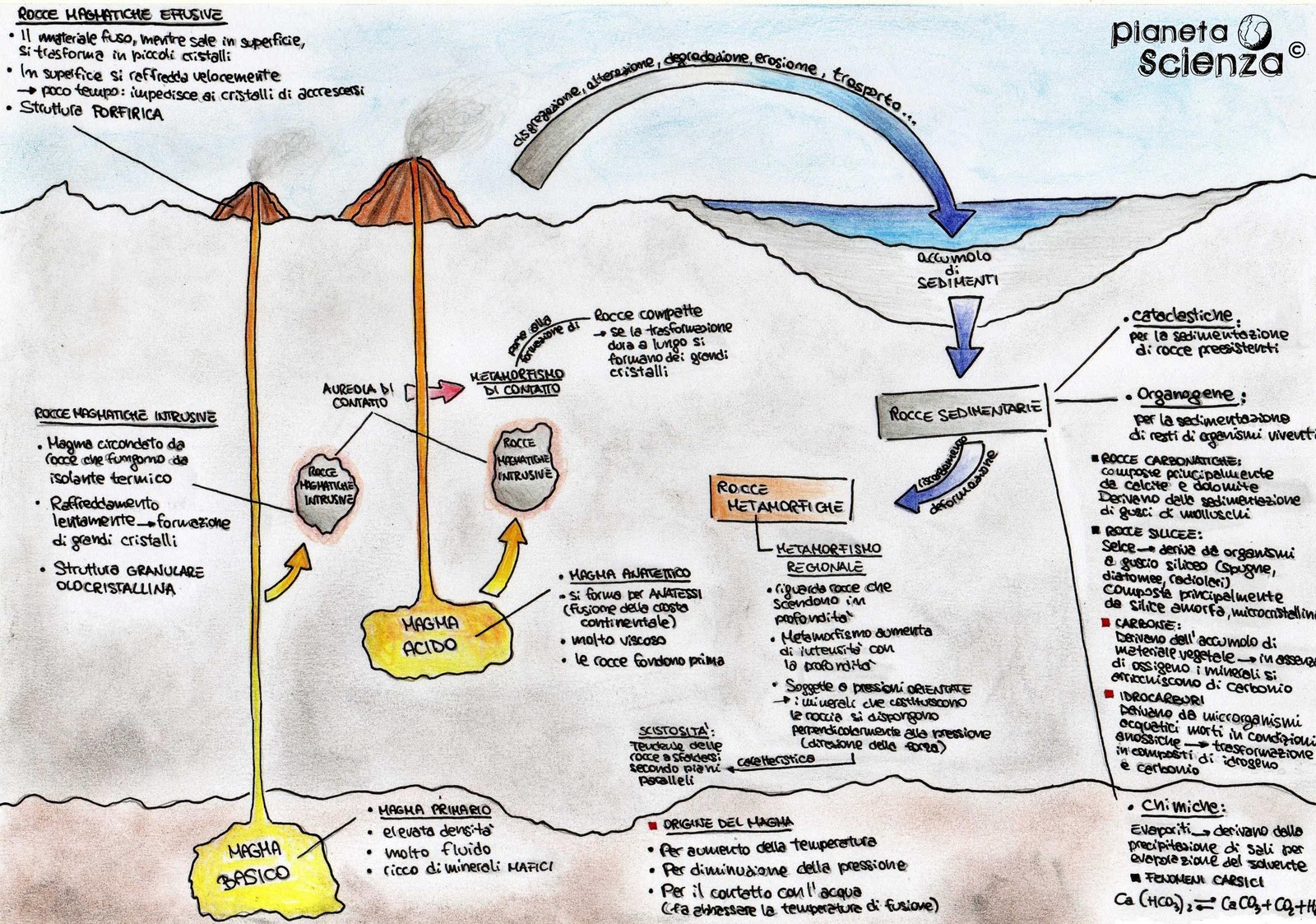-
Biologia Delle Piante Zanichelli Pdf Reader카테고리 없음 2020. 2. 16. 16:55
UpdateStar is compatible with Windows platforms. UpdateStar has been tested to meet all of the technical requirements to be compatible with Windows 10, 8.1, Windows 8, Windows 7, Windows Vista, Windows Server 2003, 2008, and Windows XP, 32 bit and 64 bit editions. Simply double-click the downloaded file to install it. UpdateStar Free and UpdateStar Premium come with the same installer. UpdateStar includes such as English, German, French, Italian, Hungarian, Russian and. You can choose your language settings from within the program.
Background A series of preliminary research projects on plants used in Calabria (Southern Italy) in veterinary science and in other ethno-botanical fields (minor nourishment, domestic and handicraft sector) was carried out in the last twenty years. From the ethno-botanical point of view, Calabria is one of the most interesting region, since in the ancient times it was subject to the dominant cultures of several people (Greeks, Romans, Byzantines, Arabs, Normans etc.). Until some decades ago the road network was poorly developed and villages were isolated, so that the culture of the 'subsistence' and some archaic customs were kept.
Methods Data were collected by means of 'open' interviews to farmers, shepherds and housewives in the last twenty years. More than 100 informants were interviewed, mostly over 50 years old. Plants were identified by local informants through gathering in the area or through examination of the fresh plants collected by the researchers. The collected data were compared with pharmacobotanical papers mainly of southern Italy and with other studies, in order to highlight novelties or concordances of uses. Results and discussion The uses of 62 plants belonging to 34 families are reported in Table,: 8 taxa are employed in veterinary science and 8 as anti-parasitic agents (Tab. ), 19 in human nourishment (Tab.
), 5 as seasoning and 38 for other uses (cosmesis, illegal fishing, domestic or handicraft field, agriculture, rituals) (Tab. Plants are listed according to the families' alphabetical order, even inside them. Some species (4) particularly toxic for the livestock (according to the effects referred by the informants) are described in Table. The most represented families are: Compositae (7 species), Labiatae (7 species) and Leguminosae (4 species).
Conclusion The preliminary reported data – in comparison with those from other Calabrian ethno-botanical papers – show that a big work is still to carry out in this region, where each village is 'an island' for the past geographical difficulties of communication and for the above described culture of 'subsistence'. These data can appear fragmentary, because found out in the course of many years – in various stages – but they contribute to rebuild some plugs of a very rich patrimony in the past. From the research it emerges that the practice or the memory of the veterinary, food, anti-parasitic, cosmetic, agricultural and domestic uses are still alive near the inhabitants of the investigated areas of Calabria region, particularly for the food uses. Among these practices, some are curious but consolidated, e.g.

Zanichelli Pdf
Those for veterinary and anti-parasitic purposes, and worthy of further scientific investigation. This recovery can have relapses in the ethno-pharmacological field, but also in the handicraft, economic and tourist sector. The preservation of traditional knowledge e.g. In the food or artisan fields may be source of some income in local enterprises.
This research is also offered as a contribute to the knowledge of the ethno-biological roots of the investigated region.